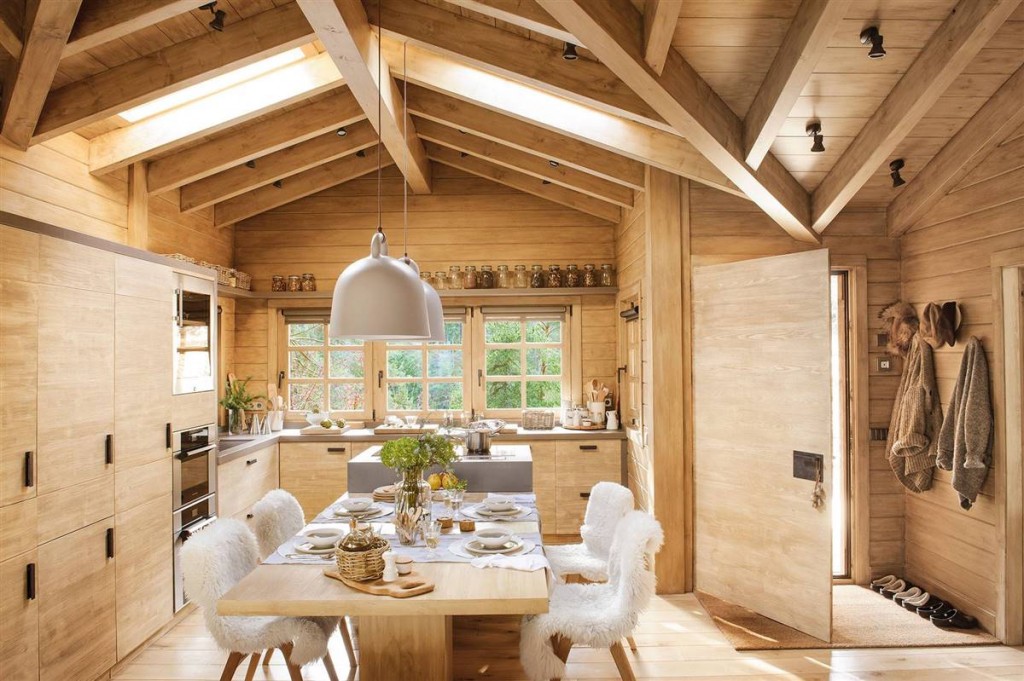
NW.Okay, you can use them for inspiration. Where: This marker is located north of County Road 40 on 99th St. Building construction started in the spring of 1998 and was completed in the summer of 1999. Harvesting of oak and ash trees began in the fall of 1997. Contributions of support in terms of money, building materials, furnishings and volunteer work were solicited and the response was overwhelming. Ed and Rebecca Huseby donated an acre of land for the building site adjoining the cemetery. A Board of Directors was elected and on January 14, 1997, a Certificate of Incorporation was issued to the Norway Lake Lutheran Historical Association. In the fall of 1996 a meeting of individuals interested in recognizing and preserving the rich heritage of the Norway Lake area decided to begin by building a replica of the Old Log Church on a site adjacent to the cemetery. In 1974 under the leadership of Marvin Hauge, volunteers from the Norway Lake Parish restored the abandoned cemetery and erected a stone monument as a memorial that reminded the community that here was a site of historical and religious meaning. In March of 1887 it was decided “That the Old Log Church should be moved to the parsonage farm and set up there for use as a hay barn or stable.” This left an open spot on the prairie were the Old Log Church stood. Later four more congregations were formed: First, West Lake, Monson Lake, and South Lake Johanna, each with their own church building. Therefore the congregation was divided into East and West Norway Lake each with their own church building. The large influx of settlers made the log church inadequate. During that time 490 baptisms, 142 confirmations, 72 marriages, 77 burials, and 125 services were conducted. The log church served the Norway Lake community as a place of worship and as a school for about ten years.

In addition to serving the Norway Lake congregation, Pastor Markhus conducted services at other places in the area as well as making missionary trips to Norwegian settlements in western Minnesota. Lars Markhus was called to serve as pastor and was installed on October 17, 1869. Each family was asked to contribute a log and the building was completed the same year. It was clear that a church building was needed and on June 1, 1868, it was decided to build a log church. In June of 1867 Pastor Thomas Johnson baptized 55 children in three days while visiting Norway Lake congregation. The official name was “The Norwegian Evangelical Lutheran Church of Norway Lake.”

The first Lutheran congregation was formed on November 19, 1865. He conducted the first Norwegian Lutheran church service at the home of Christoffer Engen. The first Norwegian Lutheran Pastor to visit the Norway Lake settlement was B.J. On August 26, 1861, he baptized the first white child born at Norway Lake, a daughter of Mr. One Lutheran pastor who ministered to the Lutherans in the Norway Lake area was Pastor Johnson from the Swedish Church. There was concern back in Norway that the settlers in America would lose their Lutheran faith and so pastors were urged to reach out to serve the new settlements.

The Norway Lake settlers became a part of this Synod. The Norwegian Lutheran Synod was formed by immigrants wishing to retain close ties to the Lutheran Church of Norway.

In 1859 other settlers came to the Norway Lake area including Ole Knutson who built a log house on his farm and later gave a corner of his land for the site of the Old Log Church. In 1858 they built log houses on their claims near the lake they later named “Norway Lake”. The first white settlers in the Norway Lake area, Evan and Anders Railson, were attracted to this region of forests and lakes that was similar to their homeland of Norway. History taken from the Dedication Day Program, August 22, 1999. For information contact NLLHA, 6338 County Rd 40 NW, New London, MN 56273 There are also regularly scheduled events such as Vesper Services each Saturday night throughout the summer and an anniversary celebration the third Sunday in August. All are open to the public and host tours by request. In addition, there is an original log granary that now serves as an Interpretive Center and a restored log cabin originally constructed in 1861. From this church, six area churches grew. The Old Log Church is a replica of the log church built in 1868 by Norwegian settlers.


 0 kommentar(er)
0 kommentar(er)
